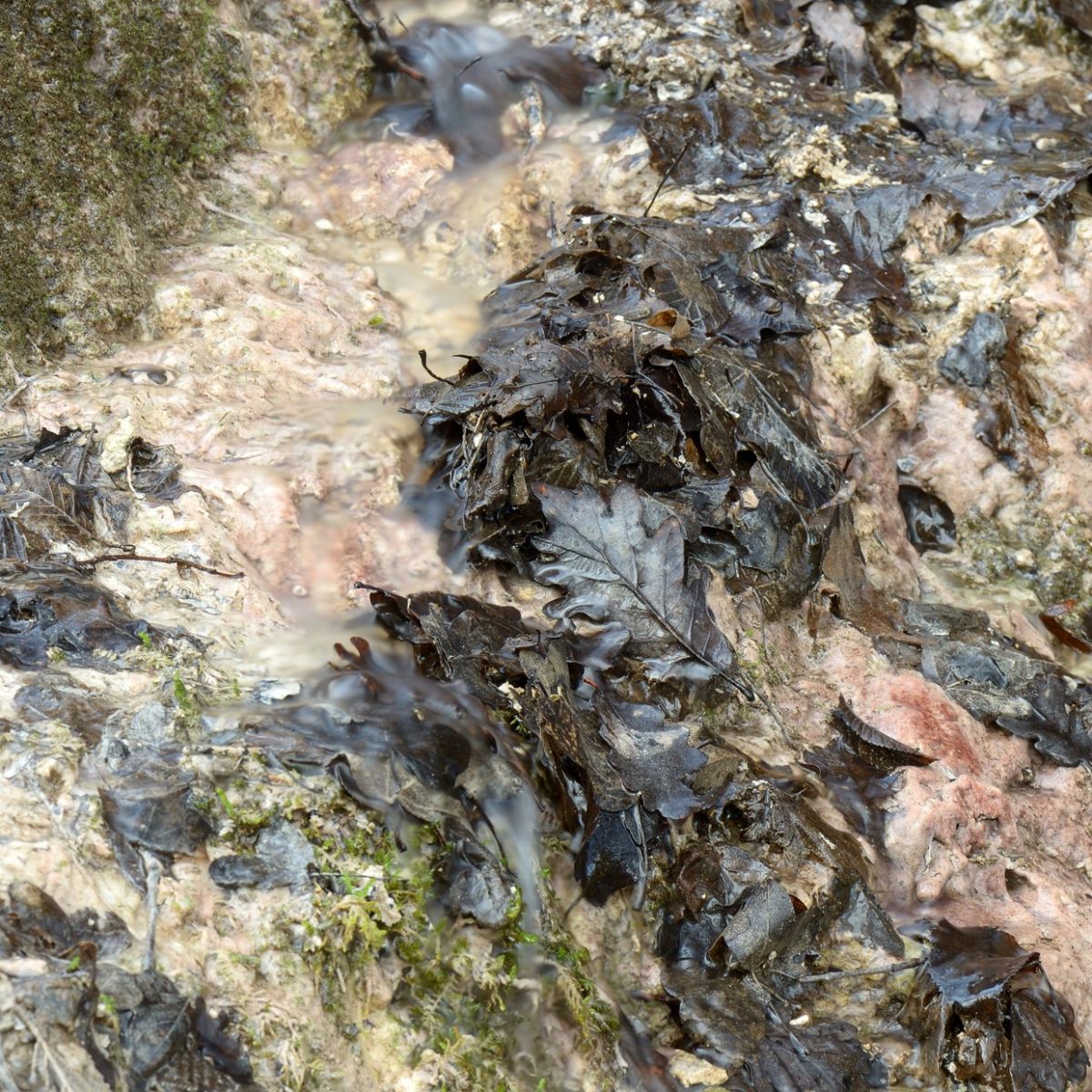TUFA
Tufa is a porous calcareous rock formed in an interaction between small plants (mostly mosses), carbonate-rich water and light. The shape and texture of this stone is decided by the plants that grow there when it develops. Tufa should be distinguished from tuff, a volcanic rock, or travertine, a limestone rock formed in hot springs.
In tufa (or petrifying) springs or seeps calcium carbonate deposits on tiny mosses and other vegetation, forming layer upon layer of calcite stone while the plants go on growing on the surface and collecting more and more calcareous deposits. During tens of years, or hundreds of years, big formations can develop. A tufa deposit can vary in size from from very small (a square meter) to very large. Many geological processes can be seen only on a very large timescale of millions of years, but formation of tufa can be very quick, only tens or hundreds of years.
The plants that contribute to tufa formation are species typical of this habitat and dependent on it, mainly mosses and liverworts and some ferns. Also still smaller organisms as algae and diatoms contribute, as fallen leaves and branches. Because the quantities of light and water vary through the year, tufa formation is not constant but it varies with the seasons.
Here below is an image of it in a small overgrown spring this February. Visible are decaying leaves, some mosses and fragments of broken tufa on a pale background, also tufa, in some places coloured pink by algae. Water is blurring the image and it seems flowing in all directions. You need a second, maybe even a thirth look to get an idea of where the water comes from and of perspective and size in this square image.

Is this beautiful? A good question. Should it be?
This is not exactly a naturalist approach nor is it what you call a very artistic image. So what?